-
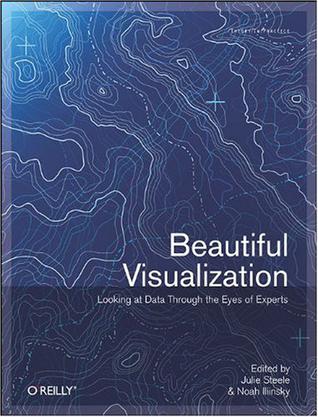
Beautiful Visualization
Visualization is the graphic presentation of data -- portrayals meant to reveal complex information at a glance. Think of the familiar map of the New York City subway system, or a diagram of the human brain. Successful visualizations are beautiful not only for their aesthetic design, but also for elegant layers of detail that efficiently generate insight and new understanding. This book examines the methods of two dozen visualization experts who approach their projects from a variety of perspectives -- as artists, designers, commentators, scientists, analysts, statisticians, and more. Together they demonstrate how visualization can help us make sense of the world. Explore the importance of storytelling with a simple visualization exercise Learn how color conveys information that our brains recognize before we're fully aware of it Discover how the books we buy and the people we associate with reveal clues to our deeper selves Recognize a method to the madness of air travel with a visualization of civilian air traffic Find out how researchers investigate unknown phenomena, from initial sketches to published papers Contributors include: Nick Bilton, Michael E. Driscoll, Jonathan Feinberg, Danyel Fisher, Jessica Hagy, Gregor Hochmuth, Todd Holloway, Noah Iliinsky, Eddie Jabbour, Valdean Klump, Aaron Koblin, Robert Kosara, Valdis Krebs, JoAnn Kuchera-Morin et al., Andrew Odewahn, Adam Perer, Anders Persson, Maximilian Schich, Matthias Shapiro, Julie Steele, Moritz Stefaner, Jer Thorp, Fernanda Viegas, Martin Wattenberg, and Michael Young. -
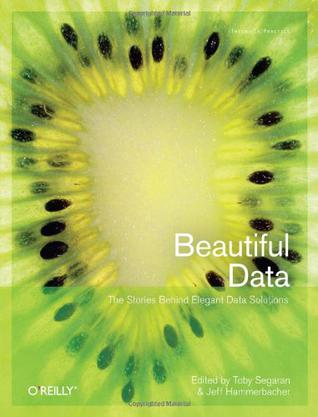
Beautiful Data
In this insightful book, you'll learn from the best data practitioners in the field just how wide-ranging - and beautiful - working with data can be. Join 39 contributors as they explain how they developed simple and elegant solutions on projects ranging from the Mars lander to a Radiohead video. With "Beautiful Data", you will: explore the opportunities and challenges involved in working with the vast number of datasets made available by the Web; learn how to visualize trends in urban crime, using maps and data mashups; discover the challenges of designing a data processing system that works within the constraints of space travel; also learn how crowdsourcing and transparency have combined to advance the state of drug research; and, understand how new data can automatically trigger alerts when it matches or overlaps pre-existing data. Learn about the massive infrastructure required to create, capture, and process DNA data. That's only small sample of what you'll find in "Beautiful Data". For anyone who handles data, this is a truly fascinating book. Contributors include: Nathan Yau; Jonathan Follett and Matt Holm; J.M. Hughes; Raghu Ramakrishnan, Brian Cooper, and Utkarsh Srivastava; Jeff Hammerbacher; Jason Dykes and Jo Wood; Jeff Jonas and Lisa Sokol; Jud Valeski; Alon Halevy and Jayant Madhavan; Aaron Koblin and Valdean Klump; Michal Migurski; Jeff Heer; Coco Krumme; Peter Norvig; Matt Wood and Ben Blackburne; Jean-Claude Bradley, Rajarshi Guha, Andrew Lang, Pierre Lindenbaum, Cameron Neylon, Antony Williams, and Egon Willighagen; Lukas Biewald and Brendan O'Connor; Hadley Wickham, Deborah Swayne, and David Poole; Andrew Gelman, Jonathan P. Kastellec, and Yair Ghitza; and, Toby Segaran. -
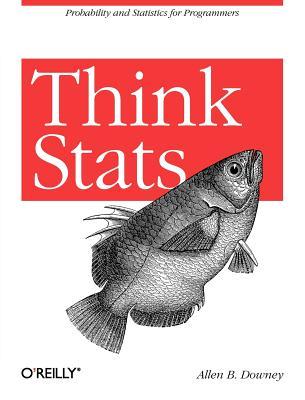
Think Stats
If you know how to program, you have the skills to turn data into knowledge using the tools of probability and statistics. This concise introduction shows you how to perform statistical analysis computationally, rather than mathematically, with programs written in Python. You'll work with a case study throughout the book to help you learn the entire data analysis process—from collecting data and generating statistics to identifying patterns and testing hypotheses. Along the way, you'll become familiar with distributions, the rules of probability, visualization, and many other tools and concepts. Develop your understanding of probability and statistics by writing and testing code Run experiments to test statistical behavior, such as generating samples from several distributions Use simulations to understand concepts that are hard to grasp mathematically Learn topics not usually covered in an introductory course, such as Bayesian estimation Import data from almost any source using Python, rather than be limited to data that has been cleaned and formatted for statistics tools Use statistical inference to answer questions about real-world data -
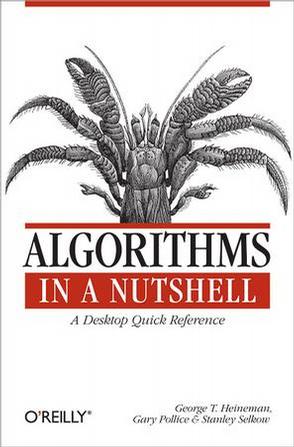
算法技术手册
创造稳定的软件需要有效的算法,但是程序设计者们很少能在问题出现之前就想到。《算法技术手册(影印版)》描述了现有的可以解决多种问题的算法,并且能够帮助你根据需求选择并实现正确的算法——只需要一定的数学知识即可理解并分析算法执行。相对于理论来说,本书更注重实际运用,书中提供了多种程序语言中可用的有效代码解决方案,可轻而易举地适合一个特定的项目。有了这本书,你可以: 解决特定编码问题或改进现有解决方案的执行; 迅速确定与需要解决的问题相关的算法,并判定为什么这样的算法是正确的; 探索C、C++、Java、Ruby中的算法解决方案,伴有实现诀窍; 了解一个算法预期的执行情况及最佳的执行条件; 发现不同算法中相似设计产生的冲突; 学习先进的数据结构以改进算法效率。 有了《算法技术手册》,你可以学习如何改进算法的性能,这是软件应用成功的关键。 -
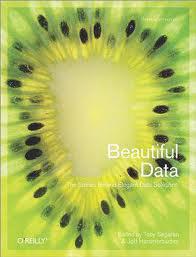
数据之美
数据之美(影印版),ISBN:9787564122720,作者:(美)西格兰,(美)哈梅巴赫 著 -
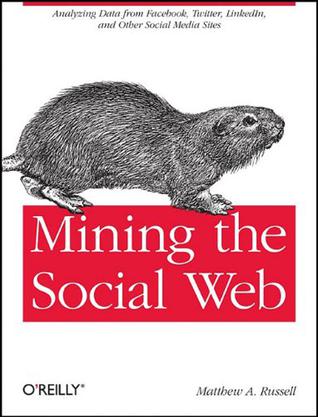
Mining the Social Web
Popular social networks such as Facebook, Twitter, and LinkedIn generate a tremendous amount of valuable social data. Who's talking to whom? What are they talking about? How often are they talking? Where are they located? This concise and practical book shows you how to answer these types of questions and more. Each chapter presents a soup-to-nuts approach that combines popular social web data, analysis techniques, and visualization to help you find the needles in the social haystack you've been looking for -- and some you didn't know were there. With Mining the Social Web, intermediate-to-advanced Python programmers will learn how to collect and analyze social data in way that lends itself to hacking as well as more industrial-strength analysis. The book is highly readable from cover to cover and tells a coherent story, but you can go straight to chapters of interest if you want to focus on a specific topic. Get a concise and straightforward synopsis of the social web landscape so you know which 20% of the space to spend 80% of your time on Use easily adaptable scripts hosted on GitHub to harvest data from popular social network APIs including Twitter, Facebook, and LinkedIn Learn how to slice and dice social web data with easy-to-use Python tools, and apply more advanced mining techniques such as TF-IDF, cosine similarity, collocation analysis, document summarization, and clique detection Build interactive visualizations with easily adaptable web technologies built upon HTML5 and JavaScript toolkits This book is still in progress, but you can get going on this technology through our Rough Cuts edition, which lets you read the manuscript as it's being written, either online or via PDF. via http://oreilly.com/catalog/9781449394844/ Amazon: http://www.amazon.com/Mining-Social-Web-Finding-Haystack/dp/1449388345/